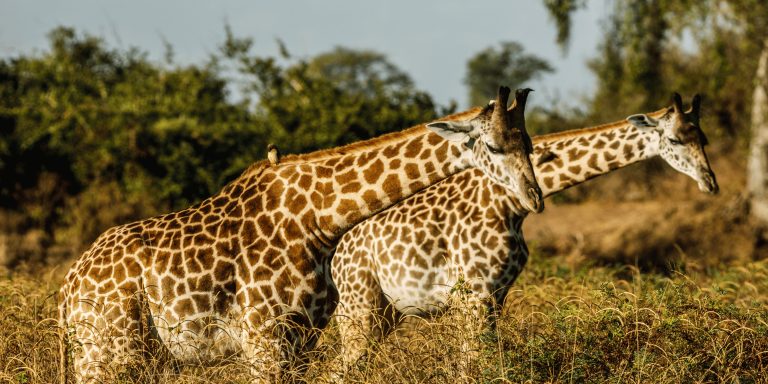Every year, one of the world’s most incredible wildlife spectacles takes place in the heart of Zambia’s Kasanka National Park. Millions of straw-coloured fruit bats migrate to this small park annually between late October and early December.
The Kasanka Bat Migration is the largest mammal migration on earth by number, with over 10 million bats descending upon the park’s evergreen swamp forest. The sheer scale of the bat migration is what makes it truly remarkable. For perspective, the combined weight of these bats is equivalent to 2 000 elephants. It also surpasses the Great Wildebeest Migration in East Africa.
The bats migrate from the Congo Basin to the relatively small confines of Kasanka, covering an area of about 390 square kilometres. Despite their enormous numbers, the bats congregate in a small section of the park, a swampy forest called Mushitu that is just a few hectares big. This makes their presence even more impressive.


Mushitu is home to a variety of fig and other trees like pod mahogany, musuku, mufinsa and milkwood. The bats arrive in Kasanka to feed on these fruits, creating a feeding frenzy that lasts for several weeks. As the fruits ripen, the bats fill the skies at dawn and dusk, offering a breathtaking spectacle of wings and motion.
Best time to visit
The best time to witness the Kasanka Mat Migration is between late October and mid-December. The bats typically arrive towards the end of October and leave by the end of December. For safarigoers, November is ideal as this is when the bat population is at its peak, and the weather is relatively stable. Early mornings and evenings are the best times to observe the bats, as they leave the forest en masse at dusk to feed and return at dawn.

What to expect
The main attraction is the Fibwe Hide, a treetop platform where travellers can observe the bats in their roosts during the day. From this vantage point, you can see clusters of bats hanging from tree branches, and with a good pair of binoculars, you can even observe their behaviour up close.
As the sun sets, the bats begin to stir. This is the time to position yourself at one of the viewpoints, such as the Mushitu Swamp Forest. At around dusk, millions of bats take flight at once, filling the sky with a swirling cloud of wings. The sheer scale of this exodus is breathtaking, and the sound of millions of wings flapping in unison is unforgettable.
(Images: Zambia Tourism)






















